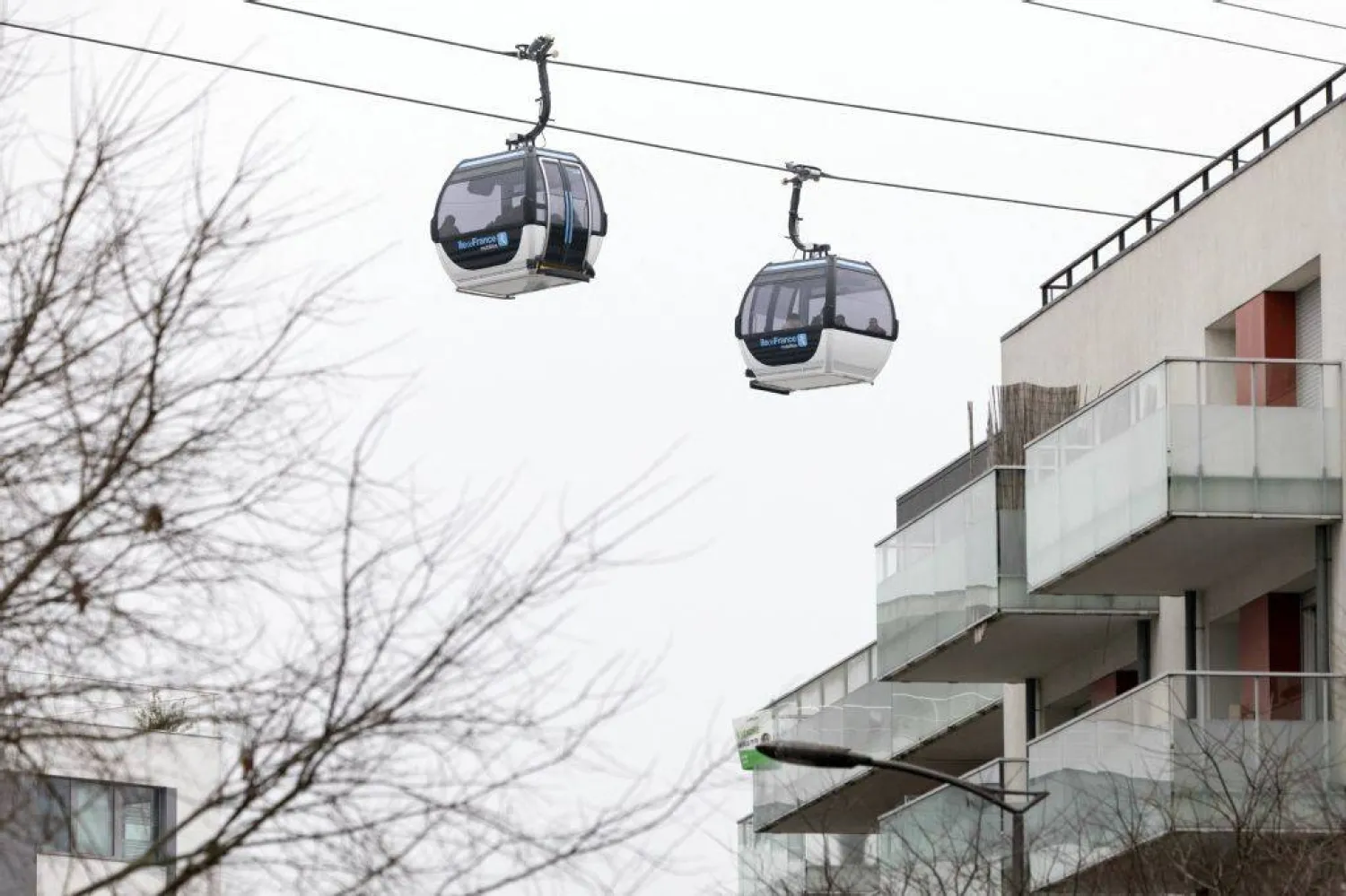Greek authorities are monitoring increased seismic activity on the island of Santorini, Prime Minister Kyriakos Mitsotakis said on Friday, urging the public to remain calm and follow the advice of the civil protection service.
Greece has declared a state of emergency on Santorini as hundreds of earthquakes have rattled the popular tourist island over the past week, prompting the evacuation of more than 10,000 residents and workers.
Authorities have warned of a high landslide risk on parts of the island and have shut schools, sent rescuers and advised residents to avoid indoor gatherings and ports that are surrounded by sheer rock faces. Army, fire service and police units have been deployed preemptively.
Some of the measures have been extended to the islands of Amorgos, Ios and Anafi, Reuters reported.
"I want to assure the residents of Santorini and the neighboring islands, which are being tested these days, that the state mechanism is on their side," Mitsotakis said during a brief visit to the island to inspect the state of readiness.
"We hope this phenomenon ends quickly and the island fully returns to its normal pace," he said, adding that preparedness and prevention were pivotal.
Greece, sitting on multiple fault lines, is one of Europe's most earthquake-prone countries. But the high seismic activity in the area of Santorini is unprecedented, seismologists have said, warning that it could last weeks or months.
Greek PM Says State on Alert over Santorini Quakes, Urges Calm

People examine their property in the almost evacuated village of Oia on Santorini island, Greece, 05 February 2025. EPA/ORESTIS PANAGIOTOU

Greek PM Says State on Alert over Santorini Quakes, Urges Calm

People examine their property in the almost evacuated village of Oia on Santorini island, Greece, 05 February 2025. EPA/ORESTIS PANAGIOTOU
لم تشترك بعد
انشئ حساباً خاصاً بك لتحصل على أخبار مخصصة لك ولتتمتع بخاصية حفظ المقالات وتتلقى نشراتنا البريدية المتنوعة







